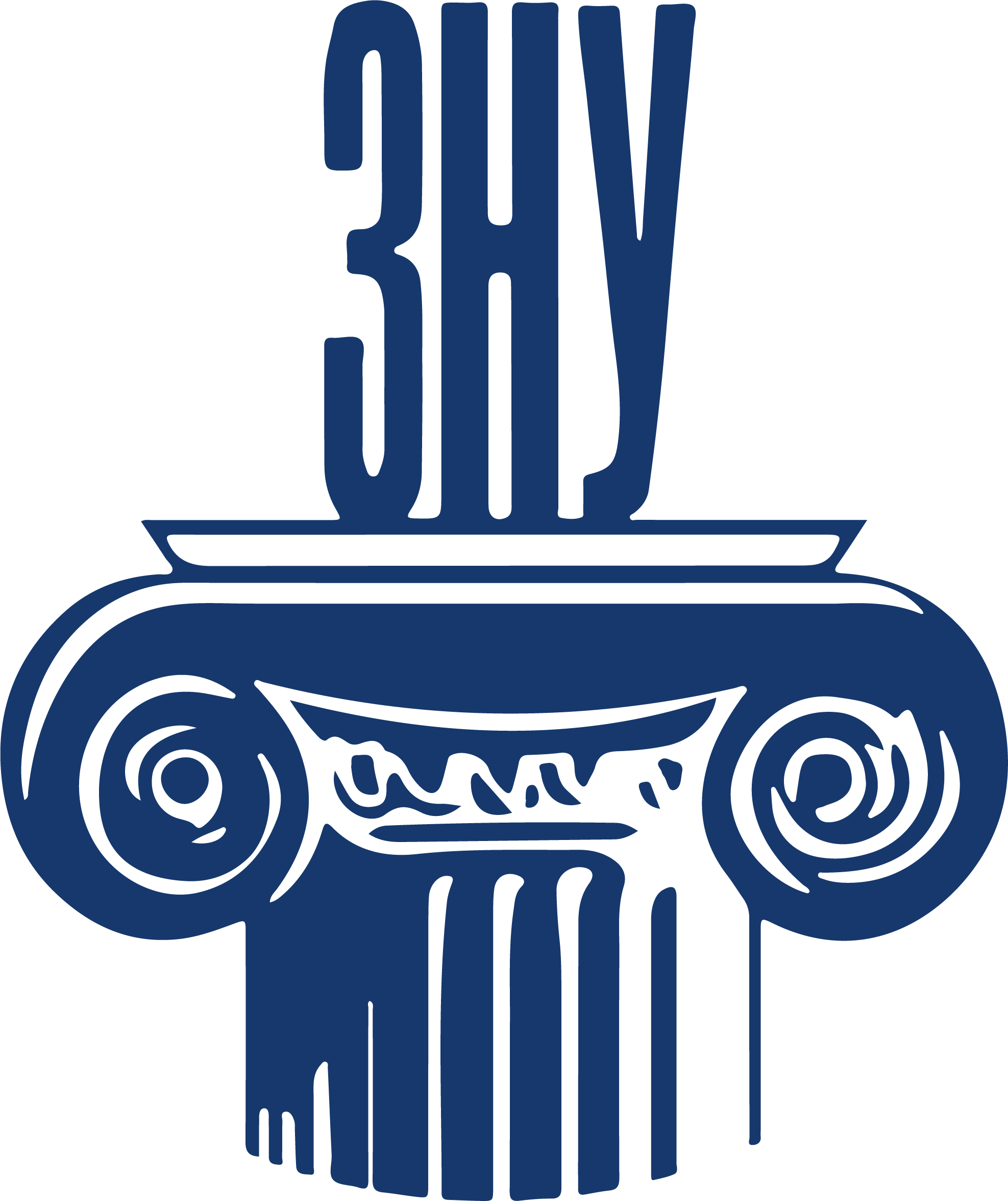TYPICAL FEMALE CHARACTERS OF THE ENGLISH NOVELS VIEWED THROUGH THE PRISM OF SYNTAX OF THEIR SPEECH
Abstract
The presented work is focused on the analysis of syntactic organization of speech parties belonging to females of certain psychological types as they are represented in the English novel. The author’s introducing a virtual character as a person demonstrating certain psychological and social qualities presupposes reflecting social and cultural relationships traditionally accustomed in a particular national society, as well as their ethical values and moral standards. However, the character’s image taken in by the reader as a personality of a certain type is formed by the reader’s observing him / her both through the eyes of the author, the narrator of the story, and directly in the process of his/her communication with other characters. Numerous heroines of the novels, despite the authors’ attempts to individualize their images, represent certain psycho and sociotypes of women who are intuitively recognized by reading audience. The unshattered in time popularity of the images of Elizabeth Benet and her literary “successor” Bridget Jones is apparently due not to the girls’ appearances as stunning beauties or to their high social statuses, or refined manners of behaviour , since they are too different. Thus, there should be but something in their psychology that unites these two and makes them so much recognisable as one and the same type. The authors of the given paper ground upon the literary classification of the main female characters (D. Rampton, 2019) as pink characters (embody the features of a domestic angel), belle damе (charming, but cunning demons) and assertive heroine (defend their point of view, honest and direct). The objective of the research undertaken consists in identifying syntactic speech characteristics typical of each type of the literary character for the purpose of disclosing psycholinguistic factor of their popularity with the reading public. In our study, we analyzed syntactic organization of the speech parties of the above three types of heroines in the English novel. In order to understand the psychological essence of the types in question , their speech was considered in two aspects of communication: 1) woman (heroine) – other women; 2) woman (heroine_) – man. The females speech parties were studied according to the following parameters: the communicative sentences types and their surface structure organisation. The results of the analysis showed that assertive heroines manifest the smallest deviation in the frequency of use of different sentences types in their communication with men and women, hence demonstrating their honesty and lack of pretence on their part. They are understandable and sincere in their views and actions, which makes them desirable partners and reliable friends for men and women.
References
2. Лотман Ю. М. О содержании и структуре понятия «художественная литература». Избранные статьи. Том 1. Таллин, 1992. URL: http://philology.ru/literature1/lotman-92a.htm (дата звернення: 15.01.2022).
3. Морозова І. Б. Парадигматичний аналіз структури і семантики елементарних комунікативних одиниць у світлі гештальт-теорії в сучасній англійській мові : монографія. Одеса : Друкарський дім, 2009. 384 с.
4. Реан А. А. Психология личности. 2016. 288 с. URL: https://www.livelib.ru/book/1001560121- psihologiya-lichnosti-a-a-rean (дата звернення: 12.03.2022).
5. Репушевська І. І. Лінгвальні та позалінгвальні витоки привабливості класичних героїнь жіночого роману. Закарпатські філологічні студії. Ужгородський національний університет, 2021. С. 96–100.
6. Austin J. Pride and Prejudice. London : Penguin, 2019. 448 p.
7. Cartland B. An Arrow of Love. London : Pan Macmillan, 1975. 169 p.
8. Female Stereotypes in Literature (With a Focus on Latin American Writers). URL: https://teachersinstitute.yale.edu/curriculum/ units/1982/5/82.05.06.x.html (дата звернення: 19.02.2022).
9. Fielding H. Bridget Jones Diary. London : Pan Macmillan, 2014. 320 p.
10. Hill E. Decadance: Stagnation or Development? Open Readings for IC Univ. Conference. Huddersfield, 2017. Vol. 2. P. 214–234.
11. Hundert A. Rethinking the Strong Female Character. Critical Essays. URL: https://blog.pshares.org/rethinking-the-strongfemale- character/ (дата звернення: 16.01.2022).
12. Joseph J. Psychological Aspects of Active Personality. Oxford Univ. Press, 2007. 257 p.
13. Pearson C., Pope K. Toward a Typology of Female Portraits in Literature. Women in Literature and Criticism (Special Issue). Vol. 37, No. 4. May 2005. P. 9–13. URL: www.jstor.org/ stable/44376821 (дата звернення: 25.02.2022).
14. Rampton D. From Shakespeare to Rowling. IAFOR, Literary Semantics: Brighton Readings. Vol. 35. October 2019. P. 341–367.
15. Richardson S. Pamela. URL: http://www.publiclibrary. uk/ebooks/73/17.pdf (дата звернення: 28.03.2022).
16. Sassower R. Formation of Images in our Culture. Univ. of Colorado, 2006. 371 p.
17. Thackeray W. The Vanity Fair. London : Harper Collins, 1998. 928 p.
18. Wiseman R. Queen Bees and Wannabes. London : Harmony, 2016. 448 p.
19. Wolfe S. Feminine Movement and Feminine Literature. Oxford Univ. Press, 2007. 345 p.
20. Wolff C. G. Female Literary Characters: Basic Types and Images. Massachusetts Univ. Press, 2005. 321 p.
 ISSN
ISSN 


.png)




